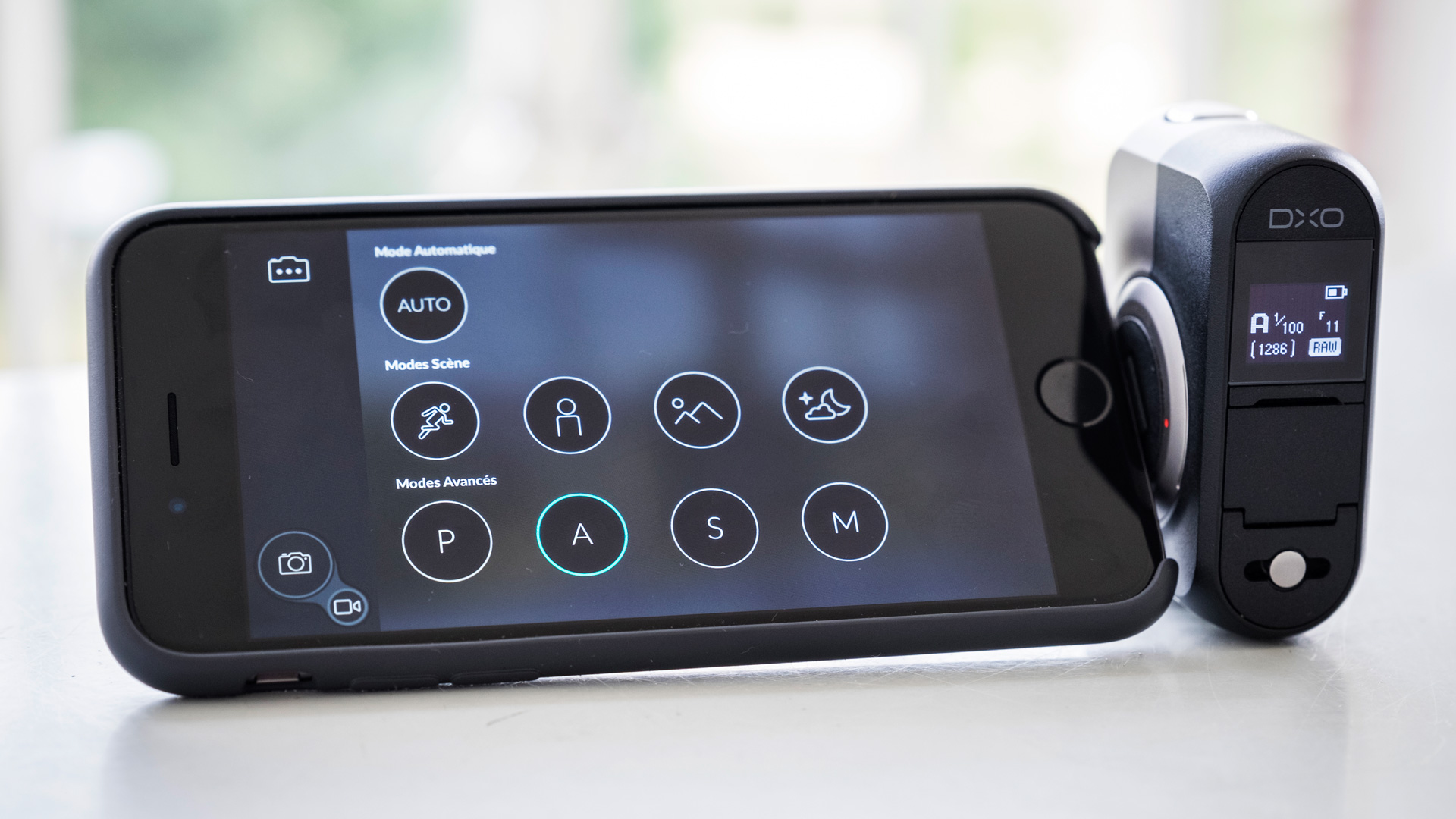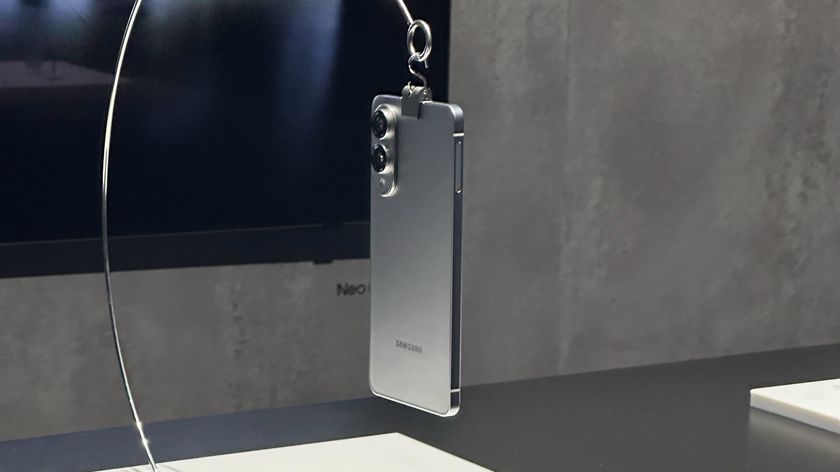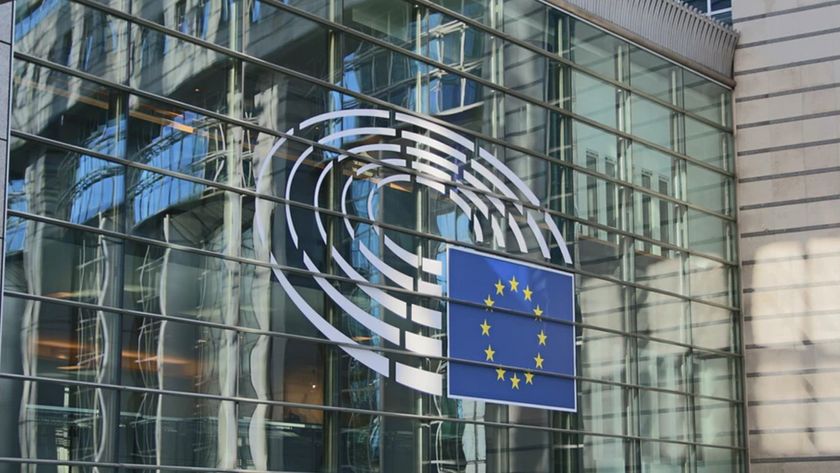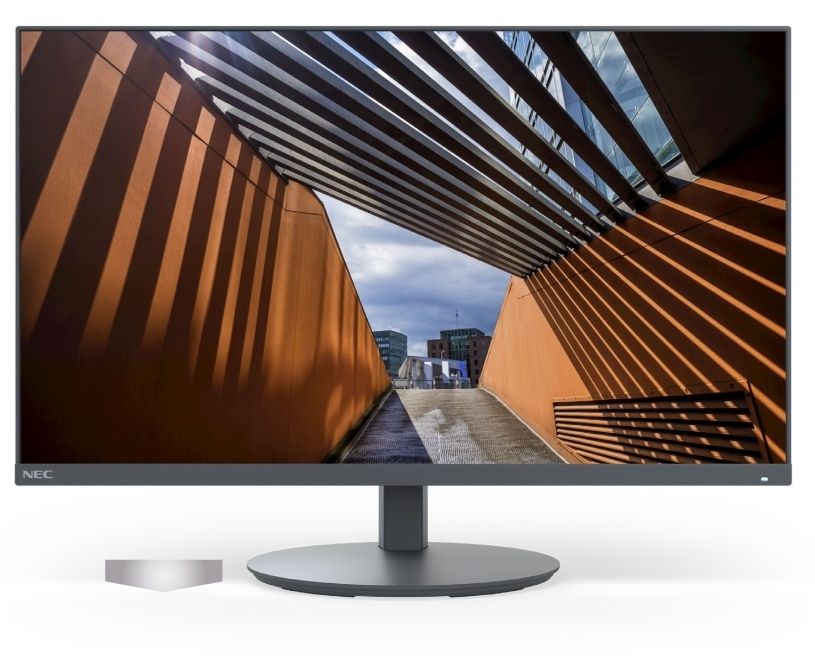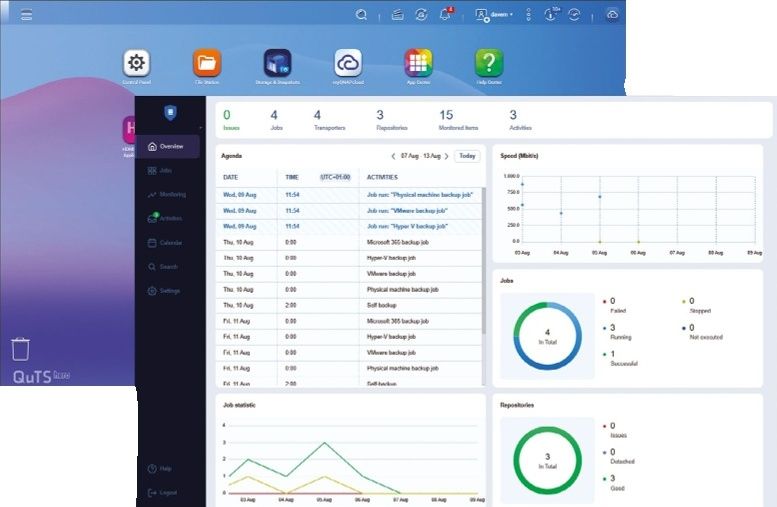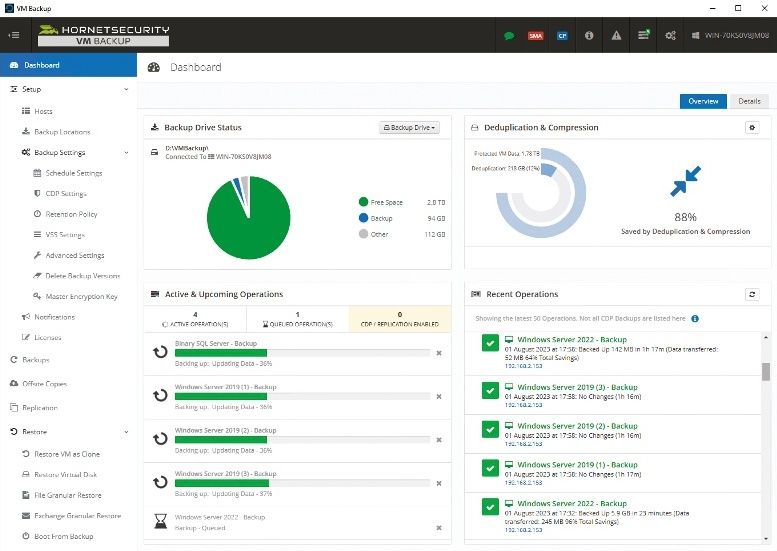Why you can trust TechRadar
A camera's signal to noise ratio is a good indicator of how 'noisy' its images are at different ISO (sensitivity) settings. The higher the signal to noise ratio the better, because that means the camera is capturing more actual image data and less random noise. Our figures are measured using DxO Analyzer in laboratory conditions.
DxO One signal to noise ratio charts
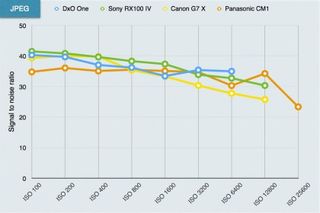
JPEG signal to noise ratio analysis: The DxO One's JPEG images are very much in the middle of the pack for noise levels at most ISO settings.
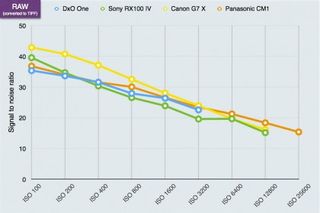
Raw (converted to TIFF) signal to noise ratio: Again, the DxO One's results are very close to those of its rivals – though the Canon G7 X does seem to have a clear noise advantage at low to medium ISO settings.
Current page: Lab tests: DxO One signal to noise ratio
Prev Page Lab tests: DxO One dynamic range Next Page Verdict